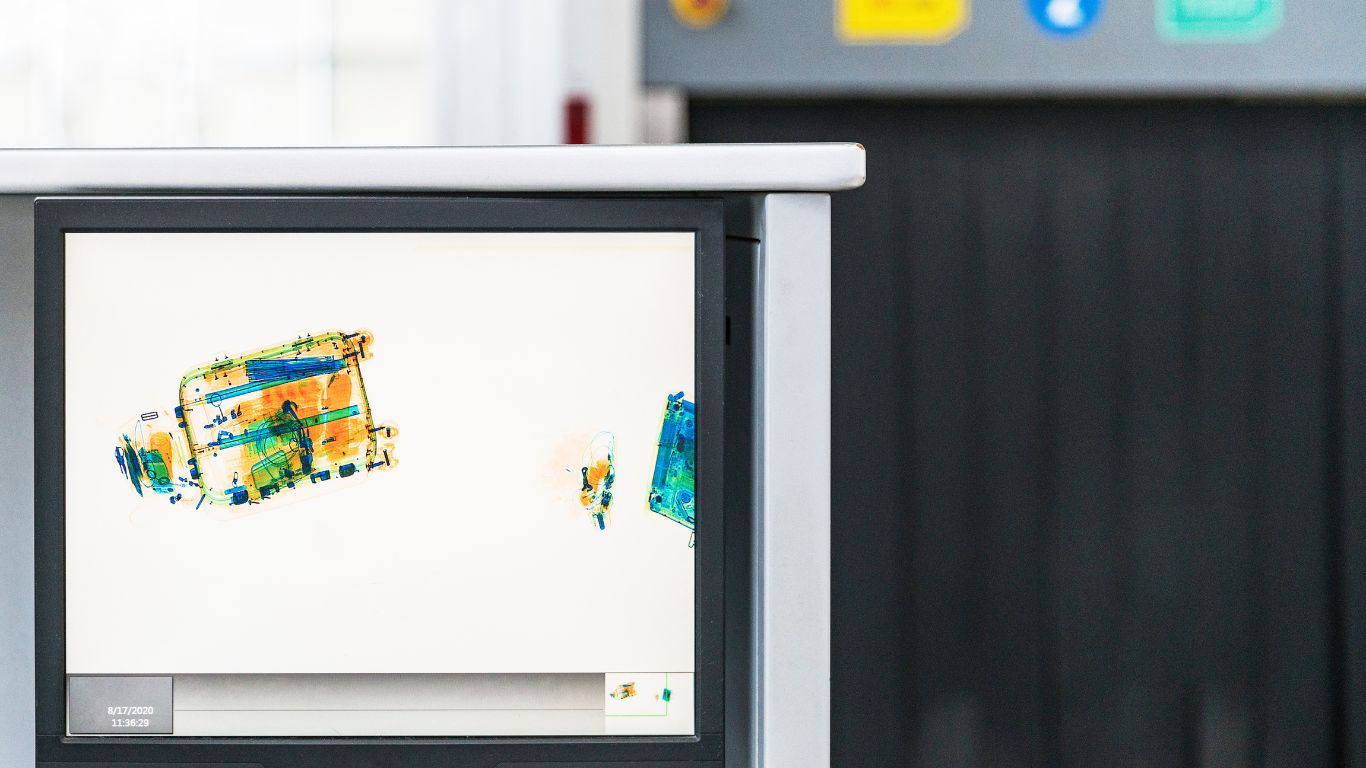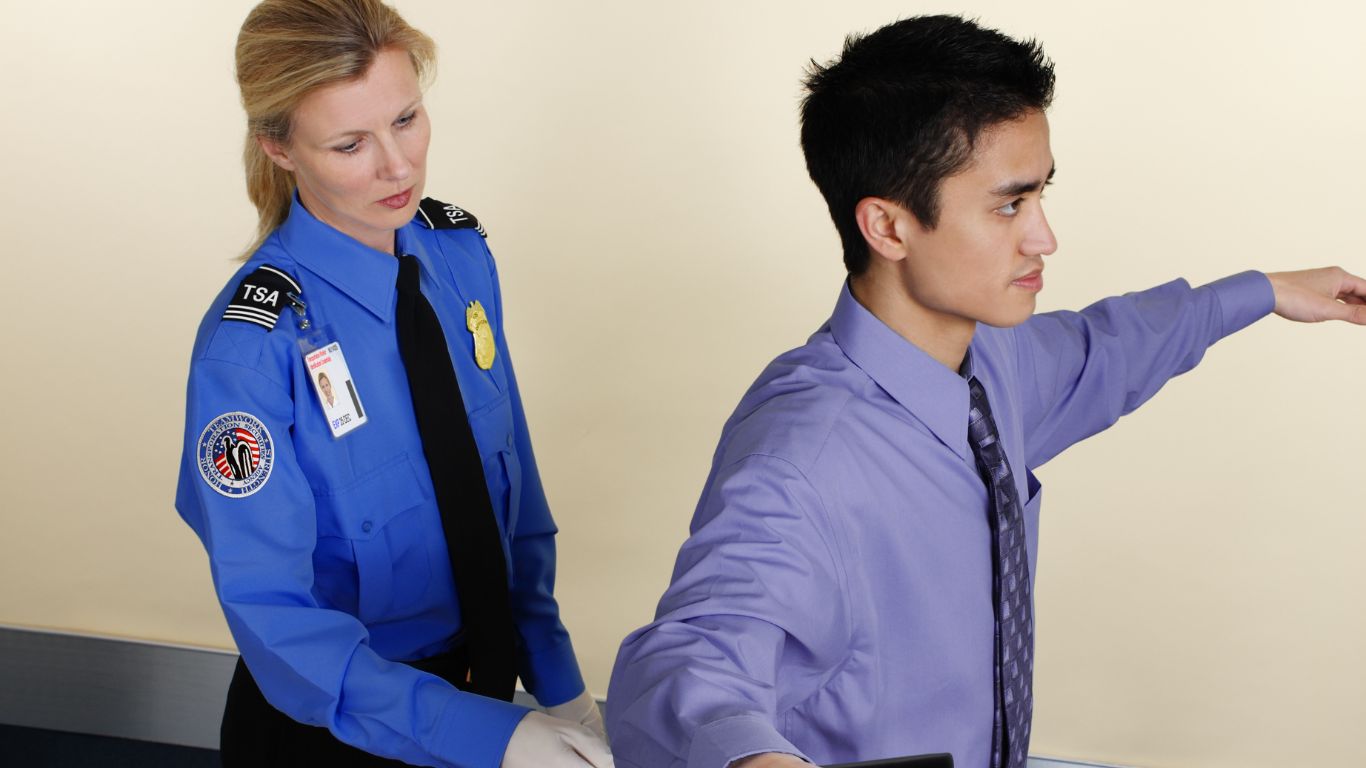key takeaways
Airport security has come a long way, with a significant shift after the tragic events of 9/11, resulting in stringent global regulations.
International organizations like ICAO and TSA play pivotal roles in setting and implementing security standards to ensure passenger safety.
Advanced technologies like body scanners, facial recognition, and AI are revolutionizing airport security, making it more efficient and less invasive.
Balancing security with passenger privacy and avoiding racial profiling remains a challenge in the industry.
The future of airport security lies in predictive measures and adaptability to new threats, promising a safe and efficient travel experience for all.
Airport security regulations play a pivotal role in safeguarding air travel, ensuring that passengers and aviation personnel can navigate the skies with peace of mind. In this comprehensive guide, we will delve into the historical background, international standards, domestic regulations, key components, security personnel, technological advancements, challenges, and the future of airport security.
Historical Background of Airport Security
The Evolution of Airport Security
Airport security has come a long way since the inception of commercial aviation. In its early days, security measures were minimal, primarily focused on preventing theft rather than protecting against terrorism. However, the tragic events of September 11, 2001, marked a turning point in airport security history.
Milestones in Airport Security Regulations
The 9/11 attacks prompted a significant overhaul of airport security worldwide. This led to the establishment of robust security protocols and regulations to thwart potential threats effectively.
International Airport Security Standards
International Aviation Organizations
- ICAO (International Civil Aviation Organization): ICAO, a specialized agency of the United Nations, plays a central role in setting global aviation standards. It collaborates with member states to develop comprehensive security measures to ensure international flight safety.
- TSA (Transportation Security Administration): The Transportation Security Administration in the United States is a key player in implementing international aviation standards. TSA regulations are among the most stringent globally, with a focus on passenger safety and screening procedures.
Compliance with International Standards
Global Compliance: Countries around the world are committed to adhering to regulations set by organizations like ICAO and TSA. This commitment ensures a consistent and high level of security across international airports.
Preventing Security Gaps: Maintaining uniformity in security measures is crucial as it prevents potential security gaps that could be exploited by individuals with malicious intentions.
Domestic Airport Security Regulations
TSA Regulations in the United States
- Pre-Check Program: The TSA Pre-Check program expedites the security screening process for trusted travelers, enhancing efficiency without compromising safety.
- Prohibited Items: TSA maintains a list of items prohibited in carry-on luggage to prevent potential threats. This includes items like sharp objects, liquids, and aerosols.
- Security Screening Process: Passenger screening involves the use of various tools such as body scanners and metal detectors to identify concealed threats effectively.
Comparing Domestic Regulations Worldwide
While TSA regulations are well-known, other countries have their own domestic security regulations. These regulations may vary in stringency but all aim to ensure passenger safety.
Key Components of Airport Security
Passenger Screening
- Body Scanners: Body scanners employ advanced imaging technology to detect concealed items on passengers’ bodies, enhancing security without invasive pat-downs.
- Metal Detectors: Metal detectors are a staple of airport security, identifying metal objects that could potentially be used as weapons.
Baggage Screening
- X-ray Machines: X-ray machines allow security personnel to inspect the contents of checked baggage without physically opening them.
- Explosive Detection Systems: These systems use sophisticated technology to identify explosives or suspicious materials in baggage.

Airport Security Personnel
Roles and Responsibilities
TSA Agents
TSA agents play a crucial role in ensuring the safety of passengers. They are responsible for screening passengers, baggage, and cargo.

Airport Police
Airport police are trained to respond to security threats, ensuring swift action in case of emergencies.
Training and Certification
Security personnel undergo rigorous training and certification programs to stay updated on the latest security protocols and technologies.
Security Protocols
Emergency Response Procedures
Evacuation Plans
Airports have well-defined evacuation plans in case of emergencies, ensuring the safety of everyone on-site.
Response to Threats
Airport security personnel are trained to respond swiftly and effectively to threats, minimizing risks to passengers and staff.
Communication Systems
Robust communication systems facilitate coordination between security personnel, allowing for a rapid response to security incidents.
Technological Advancements in Airport Security
Biometric Identification
- Facial Recognition: Facial recognition technology is increasingly used to verify passengers’ identities, reducing the risk of identity fraud.
- Fingerprint Scanning: Fingerprint scanning adds an extra layer of security, ensuring that passengers are who they claim to be.
Artificial Intelligence in Security
AI-driven algorithms analyze data in real-time, identifying suspicious patterns and potential threats more effectively.
Challenges and Controversies
Privacy Concerns
The use of advanced technologies in airport security has raised concerns about passenger privacy and data protection.
Racial Profiling Debate
Ensuring that security measures are effective without unfairly targeting specific ethnic or racial groups is an ongoing challenge.
Future of Airport Security
- Predictive Security Measures: Airport security is evolving to include predictive analytics, which can identify potential threats before they materialize.
- Adaptation to New Threats: As threats evolve, airport security will need to continually adapt to ensure the safety of passengers and aviation personnel.
Wrap Up
Airport security regulations have undergone a remarkable transformation throughout history, adapting to new challenges and technologies. By adhering to international standards, implementing advanced screening technologies, and addressing privacy concerns, the aviation industry is poised to provide passengers with a safe and efficient travel experience.
FAQs
How do airport security regulations differ worldwide?
Airport security regulations may vary from country to country, but they all aim to ensure passenger safety. Stringency levels can differ, but the core principles remain the same.
What is the role of TSA in airport security?
The Transportation Security Administration (TSA) in the United States plays a pivotal role in implementing and enforcing airport security regulations to protect passengers and aviation personnel.
How do body scanners work in airport security?
Body scanners use advanced imaging technology to detect concealed items on passengers’ bodies without the need for invasive pat-downs.
Are there any privacy concerns associated with airport security measures?
Yes, the use of advanced technologies like facial recognition has raised concerns about passenger privacy and data protection.
What does the future hold for airport security?
The future of airport security includes predictive security measures and continued adaptation to new threats, ensuring the safety of air travel for all passengers.


